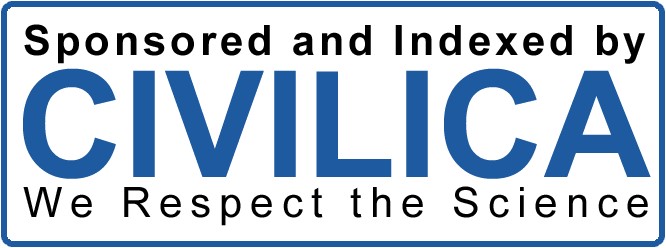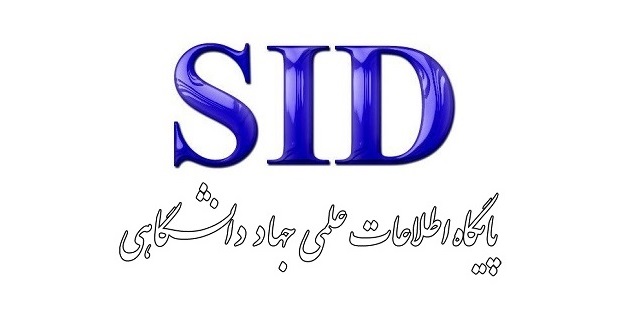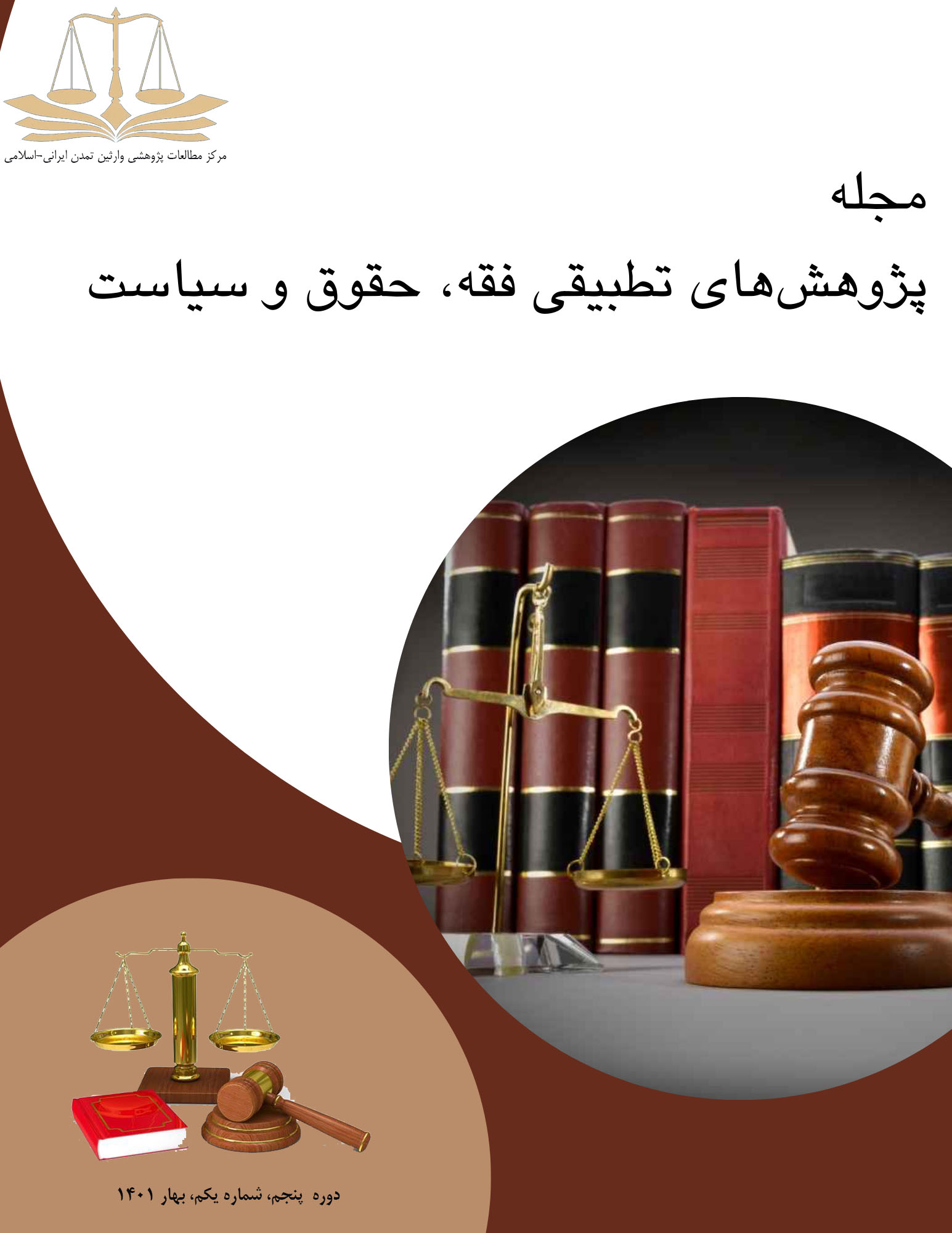Comparative and Transformative Analysis of Mandatory and Discretionary Jurisdictions of Executive Bodies
Keywords:
executive body, task authority, discretionary authority, public authorityAbstract
The present study adopts a documentary and qualitative analysis approach, with the main objective being a comparative and transformative analysis of the mandatory and discretionary jurisdictions of executive bodies. It should be noted that the functions of executive bodies, officials, and public managers within relevant organizations are based on the authority granted to them by law. This authority delineates the scope of legal discretion a public official has in performing administrative duties. From a legal perspective, jurisdiction is divided into two types: mandatory jurisdiction and discretionary (or selective) jurisdiction. In the former, the administration or public authority is obligated to perform duties in accordance with the explicitly dictated text of the law. In the latter, the executive body has a degree of operational freedom, allowing it to choose the most suitable option from among several alternatives. Although these two types of jurisdiction share certain similarities, they appear to differ in terms of the scope of choice, judicial control, and oversight. Specifically, in discretionary jurisdiction, an administrative official is not entirely confined to the framework and regulations dictated by law; instead, they may expand their decision-making scope by applying criteria such as "interpretive assessment" and "purpose." If they can maintain a reasonable balance between public resources and individual rights in their decisions, such decisions will not be overturned by judicial authorities. This capacity, however, does not exist within mandatory jurisdiction. Moreover, under certain conditions, these two types of jurisdictions can be converted into one another.
Downloads
Published
Submitted
Revised
Accepted
Issue
Section
License
Copyright (c) 2024 Seyyed Jafar Rahanjam (Author); Mir Sajjad Seyyedmousavi (Corresponding author); Mohammad Mohammadzadeh Asl (Author)

This work is licensed under a Creative Commons Attribution-NonCommercial-ShareAlike 4.0 International License.









